Business analytics is an approach that helps companies to integrate data from disparate sources. By using these managed data analytics, companies understand the true potential that data holds for them, facilitating strategic advice and smart decisions.
We will call or email you ASAP to discuss your project and provide you with a free no obligation quote.
We take privacy seriously. We will never sell your email address to any 3rd party or send you nasty spam.

“Information is the oil of the 21st century, and analytics is the combustion engine.” Peter Sondergaard, Senior Vice President and Global Head of Research at Gartner, Inc. Through the above quote, Peter Sondergaard has aptly summarized the importance of mining and analyzing data. Data and analytics go together to derive meaningful insights. Managed data analytics is the future and it is here now. Therefore, it is imperative to look for managed analytics companies that can handle it. Allied Market Research valued the business analytics software market at USD 177 billion in 2023 and has predicted a CAGR growth of 11.2% from 2021 to 2023.
Business analytics allows companies to extract, process, and envision critical business data, helping them to capitalize on patterns and trends that may otherwise go unnoticed. By gathering internal and external data, companies can address significant challenges, track operational metrics, and find growth opportunities to deliver great customer experiences. Custom dashboards, data exploration, and visualization techniques offer meaningful insights, ensuring business success.

Data analytics have different components that are put together to draw insights. Managed analytics solutions handle all types of data and process it to create reports and visualizations. Companies that offer managed analytics services implement the below techniques to clean data and extract insights that can be used to predict future trends.
Gather data from internal and external data sources. This includes identifying and accessing relevant data sets (structured or unstructured) according to needs based on the analytical goals of the company.
Data cleaning is an essential step after the data collection. Inaccuracies such as wrong entries, outdated data sets, missing data, or data silos may impact the reliability and usage of the collected data. Thus, companies need to address these inconsistencies to ensure data quality.
Data scientists use technologies such as Machine Learning, Artificial Intelligence, and advanced algorithms to process vast volumes of data and obtain insights.
Managed analytics solutions translate analyzed data into dashboards and visualizations, making it easy to store, view, and sort data. Data visualization reveals patterns across data points, showing a business’s growth or decline.
It includes organizing, storing, retrieving, and manipulating data for analytical processes and decision-making.
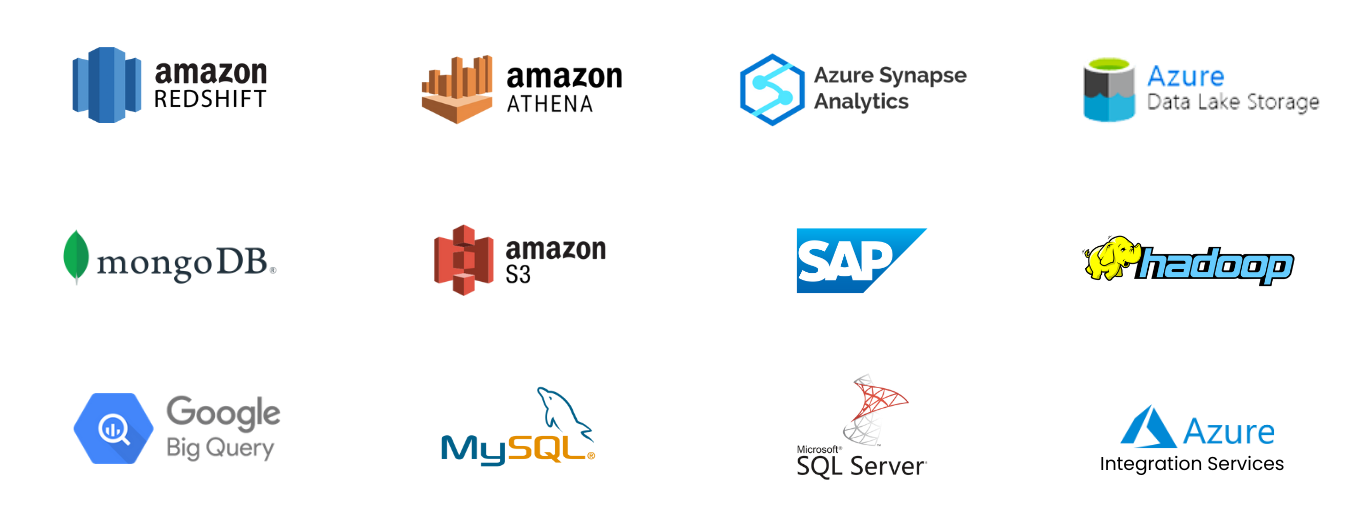
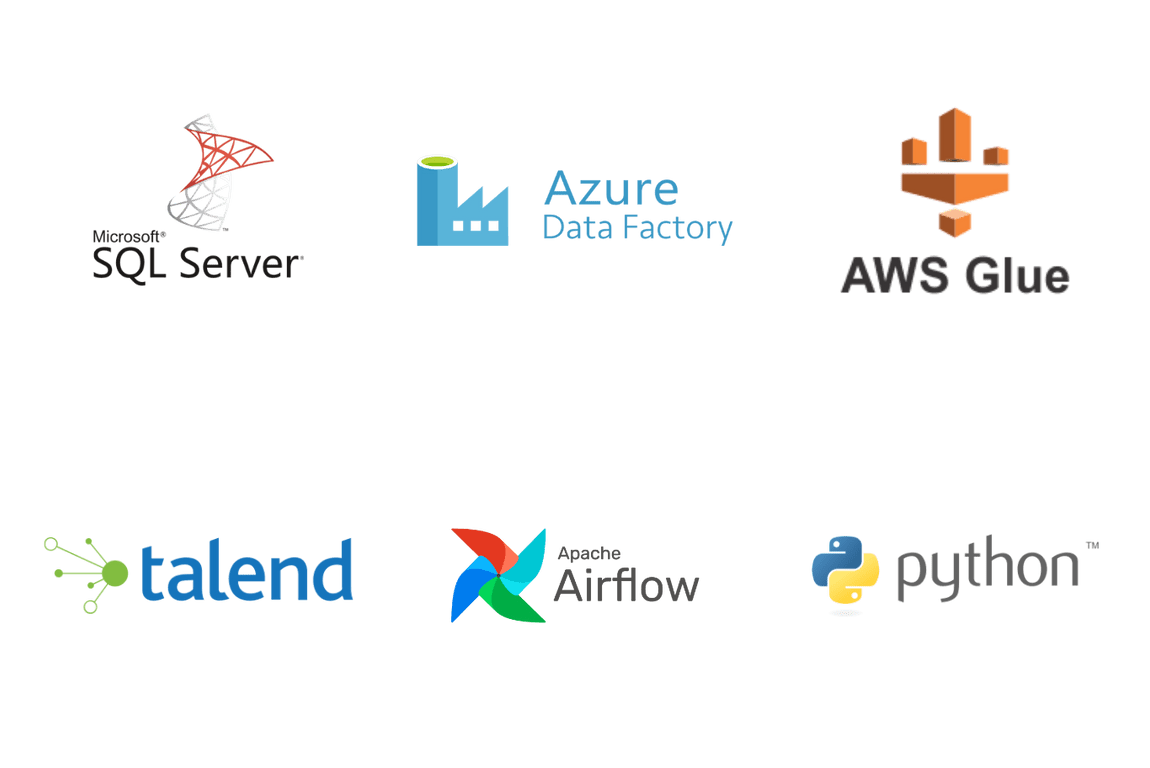





There are different applications of managed analytics depending on the needs of the business. The data analytics reports help you to extract meaningful conclusions to make decisions. There are four types of managed analytics services, each designed to address specific needs. Let’s discuss them in detail:
Descriptive analytics uses historical data to summarize and deduce important trends and patterns. It answers what, why, where, when, and how many. The metrics obtained from descriptive analytics are used in reports, dashboards, and visualizations. The main steps of this process include data collection, data preparation, exploratory data analysis, and data visualization.
Predictive AnalyticsWith the help of predictive analytics, businesses can identify trends and correlations between data. It predicts future outcomes with the help of predictive models depending on data metrics. For example, a retail company can predict future sales for a product by analyzing historical data and trends such as price changes, promotions, and seasonality.
Prescriptive AnalyticsIt combines AI and big data analytics to forecast what will happen in the future depending on current information and resources. Also, it gives insights about what actions to take. For example, a manufacturing company can analyze data from manufacturing equipment, supply chain data, and historical records to prevent downtime and enhance throughput.
Diagnostic AnalyticsDiagnostic analytics answers “why” a specific occurrence took place. It uses historical data to address this. For example:
Business analytics are applicable across all industries to comprehend the data at hand and derive meaning from it. Let’s understand some of the common use cases:
Sales and MarketingAll businesses depend on historical data to find out how their marketing strategies impact sales and overall growth. For instance, what was the ROI of the recent campaign? Or which customer segment didn’t respond to a specific marketing campaign? By making sense of this marketing and sales data, they can create better revenue generation plans, make predictions, and allocate resources to fulfill the business objectives.
Human resourcesWith the ever-evolving job landscape, companies need to hire and retain talent with core competency in the desired skillset. Data analytics helps them figure out workforce requirements, pick the right recruitment modes, choose skilled employees, and recruit and retain them to address skill gaps.
FinanceFinance is the backbone of every business. Therefore, they need to align financial planning and operations to prevent loss of money. With managed data analytics, businesses can specify rules for managing supply chains, integrate data across departments, and enhance demand prediction. You can get answers to such questions:
Managing datasets is a big concern. However, with comprehensive managed analytics solutions you can process your raw business data and obtain strategic insights. Also, you can keep a tab on upcoming obstacles and handle different complexities of data analytics to implement faster and more accurate data-driven decisions.

Business analytics offers actionable insights that make it easy to make decisions, optimize processes, and accomplish goals strategically. The main stages of business analytics include:
Data analysis is a systematic approach that includes different steps to ensure accuracy and reliability of data. These steps include:
Managed data analytics give a true picture of everything – operations, data, trends, and customers. They help businesses to explore hidden trends and patterns that might not be given attention. The insights obtained from data analytics help companies prevent guesswork and make sound decisions by:
Managed data analytics give a true picture of everything – operations, data, trends, and customers. They help businesses to explore hidden trends and patterns that might not be given attention. The insights obtained from data analytics help companies prevent guesswork and make sound decisions by:
Business analytics helps businesses implement a data-centric approach to make the right decisions. Further, they help to streamline workflows, understand customer behaviors, track inventory, and find out what is working for your business.
DataToBiz is a Data Science, AI, and BI Consulting Firm that helps Startups, SMBs and Enterprises achieve their future vision of sustainable growth.
DataToBiz is a Data Science, AI, and BI Consulting Firm that helps Startups, SMBs and Enterprises achieve their future vision of sustainable growth.
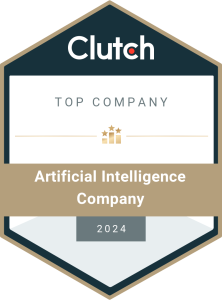
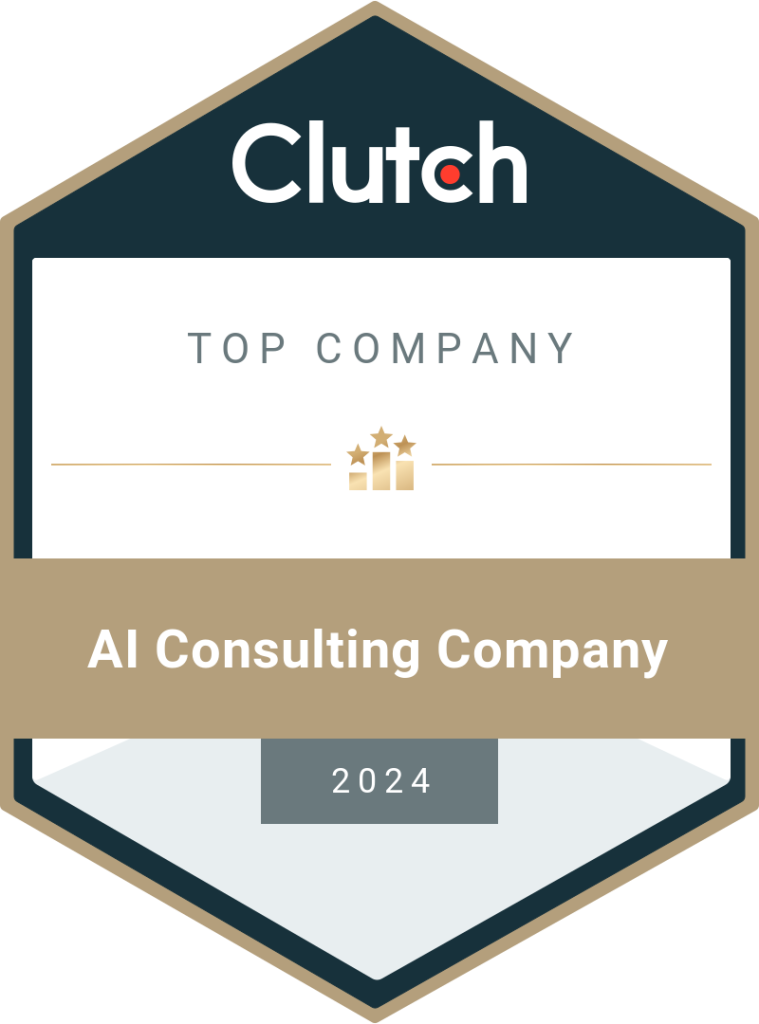
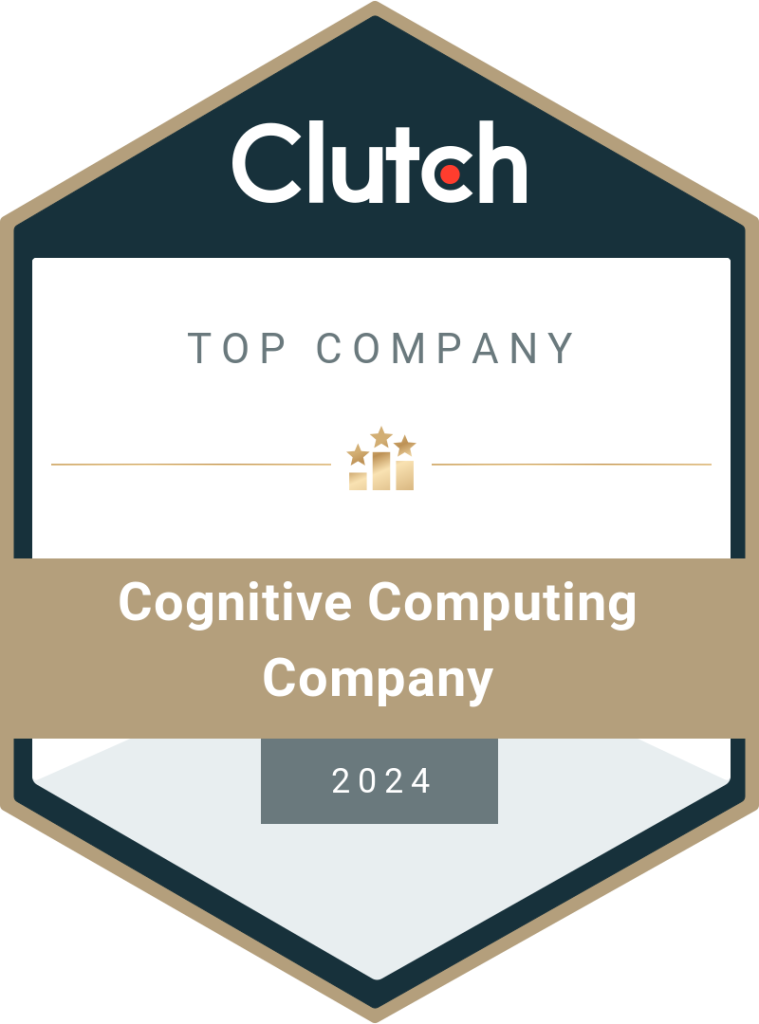
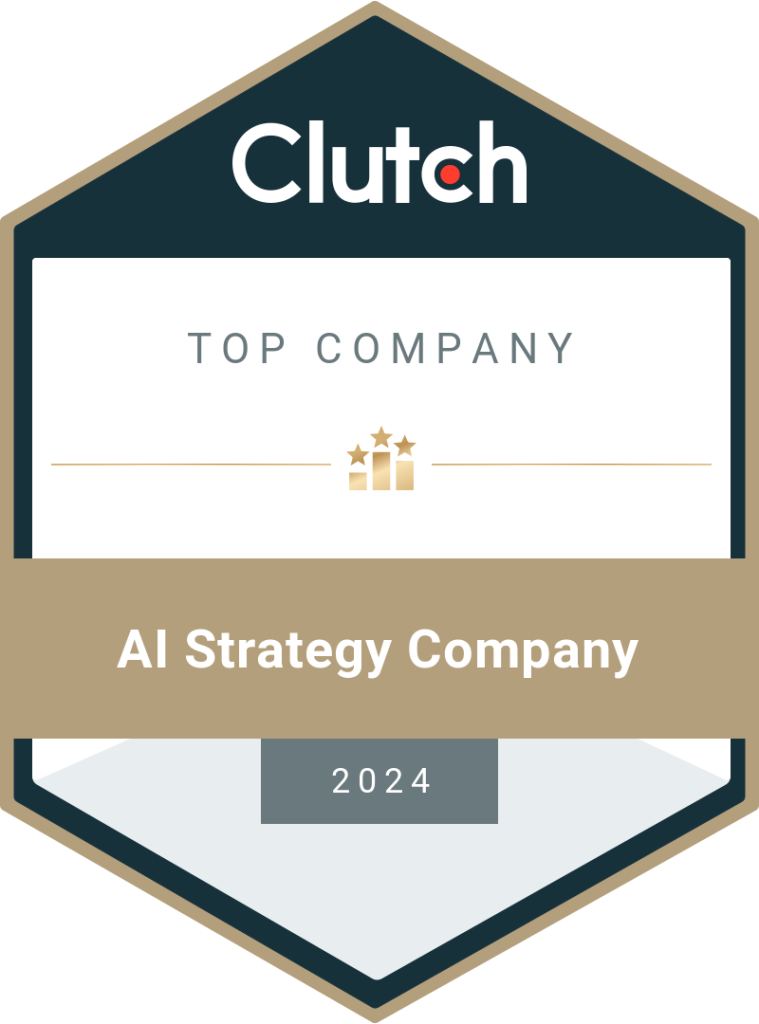

We will call or email you ASAP to discuss your project and provide you with a free no obligation quote.
We take privacy seriously. We will never sell your email address to any 3rd party or send you nasty spam.